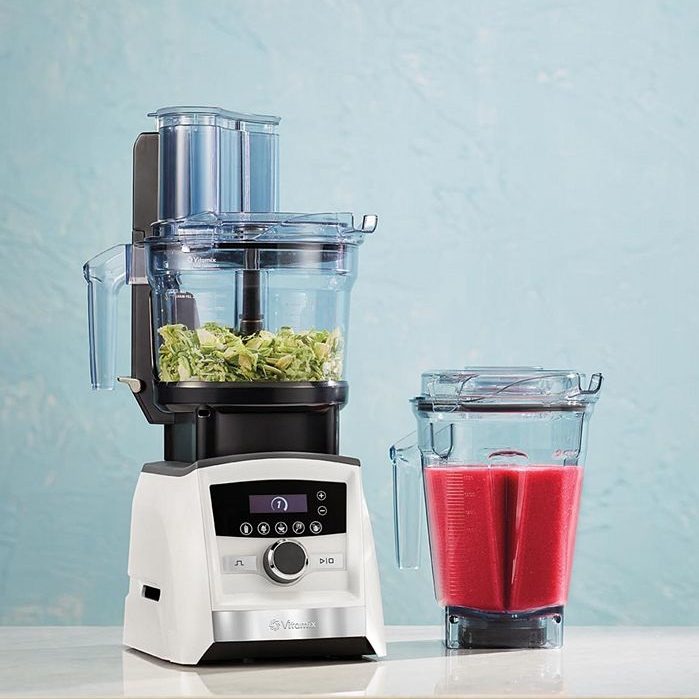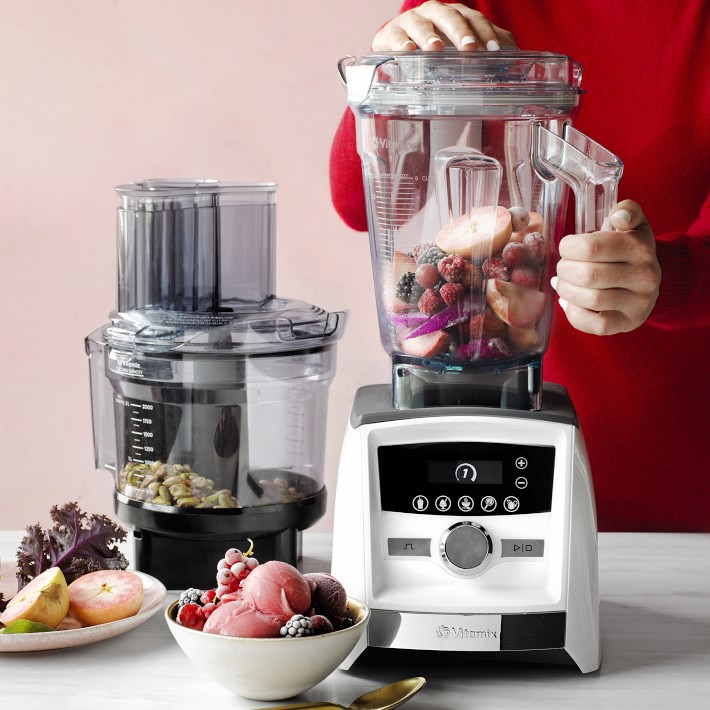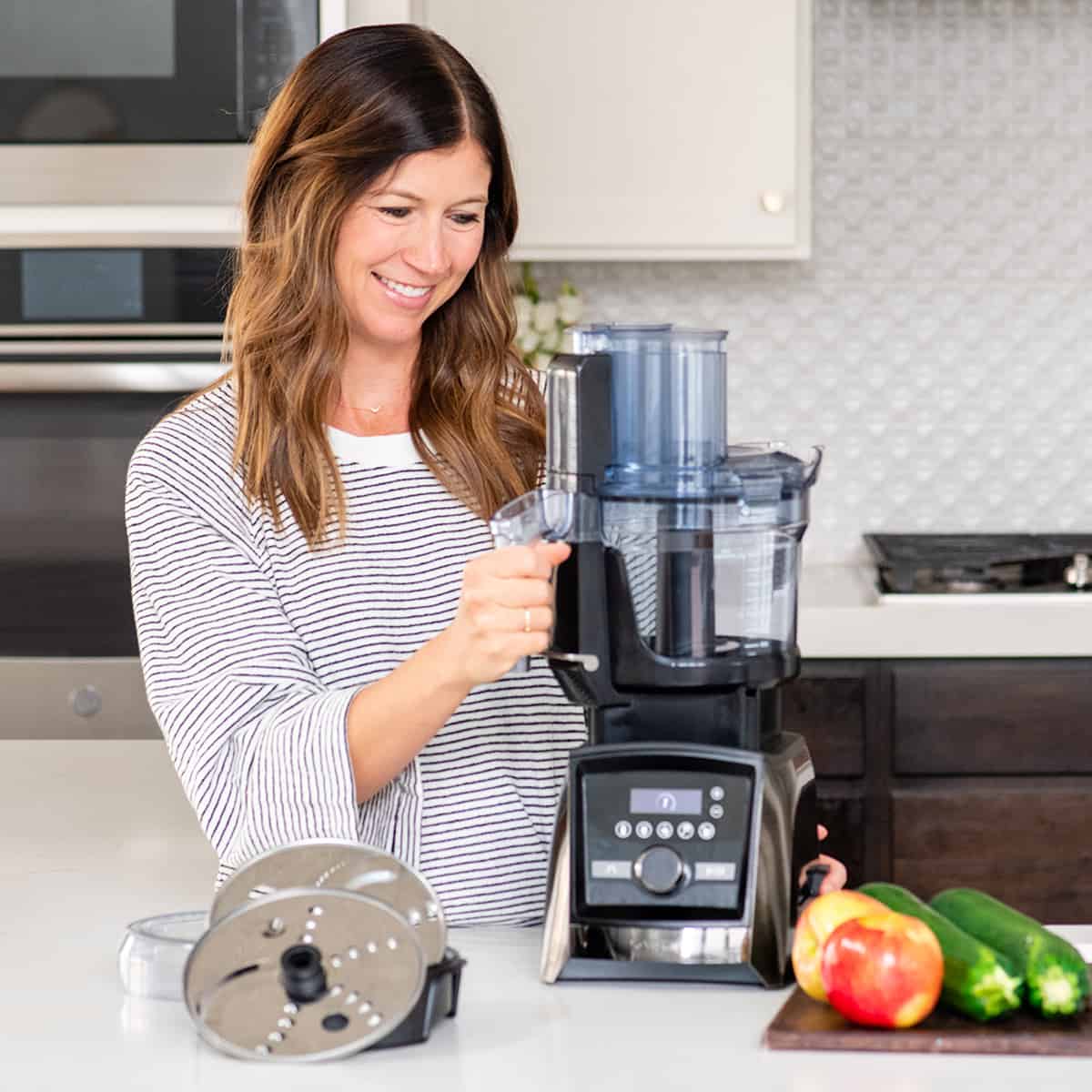
In the world of kitchen appliances, the Vitamix blender stands out as a powerful and versatile machine often praised for its blending capabilities. However, many home cooks and culinary enthusiasts ponder the question: Can you use a Vitamix as a food processor? This article aims to answer this question comprehensively, diving deep into the features, comparisons, and practical applications of using a Vitamix for food processing tasks. We will explore the functionalities of both appliances, their pros and cons, and practical tips to maximize your Vitamix’s potential for food processing.
Understanding the Vitamix Blender
Features of the Vitamix
The Vitamix is designed primarily for blending; however, it offers several features that lend themselves to food processing tasks. Common features include:
- High Power Motor: Most Vitamix models come with a powerful motor, generally around 2 to 3 horsepower. This strength allows the appliance to blend anything from frozen fruits to tough vegetables with ease.
- Variable Speeds: Vitamix blenders typically feature variable speed settings that enable you to control the consistency of your blend. This can be useful when you want a smooth puree or a coarser texture.
- Durable Blades: The stainless steel blades are designed to handle tough ingredients, which means they can chop, grind, and mix various food items efficiently.
- Self-Cleaning: One of the most appealing features of a Vitamix is its self-cleaning capability. With just a drop of dish soap and warm water, you can blend for a few seconds, and it cleans itself.
Suitable Tasks for a Vitamix
While primarily a blender, a Vitamix can effectively take on several food processing tasks, including:
- Making nut butter
- Preparing smoothies
- Creating soups (hot soups through friction heat)
- Grinding grains
- Chopping vegetables
- Mixing and kneading dough (in specific models)
Understanding a Food Processor
Features of a Food Processor
A food processor is designed specifically for food prep tasks and includes features that may not be present in a standard blender like the Vitamix, such as:
- Multiple Attachments: Food processors usually come with various blades, discs, and attachments for chopping, shredding, slicing, and kneading.
- Bowl Size: Food processors typically have larger bowl capacities, allowing you to process larger quantities of food at once.
- Pulse Function: This function allows you to have granular control over chopping and slicing, making it easier to achieve the desired texture without over-processing.
Suitable Tasks for a Food Processor
Food processors excel in tasks such as:
- Chopping vegetables
- Grating cheese
- Slicing fruits
- Making dough for pies or bread
- Preparing finely chopped herbs and spices
- Blending ingredients for dips, like hummus or pesto
Comparing Vitamix and Food Processor
Versatility
When comparing the versatility of a Vitamix and a food processor, one must consider the types of tasks each performs best. The Vitamix is unparalleled for blending jobs, as it can produce smooth soups and sauces that a food processor struggles to achieve. However, food processors come equipped with specialized attachments that enhance their functionality for chopping, shredding, and slicing.
Ease of Use
Although both appliances differ in use, the Vitamix has a straightforward design. Most operations require simply controlling the time and speed of your blending. On the other hand, food processors, with their multiple blades and settings, may be slightly more complicated for the casual user but offer greater adaptability for specific tasks.
Cleaning and Maintenance
Both appliances can be relatively easy to clean but offer different methods. The self-cleaning capability of the Vitamix is a huge advantage for time-crunched consumers. Food processors, however, may require more disassembly for cleaning due to their various components.
Size and Storage
Food processors often take up more counter space due to their bulkier design and range of attachments. Conversely, the Vitamix is comparatively compact for all it can do, making it ideal for smaller kitchens.
Practical Applications: How to Use a Vitamix as a Food Processor
Using your Vitamix for food processing tasks is possible, and the following guide provides step-by-step instructions for several common tasks.
Chopping Vegetables
- Prep Your Vegetables: Cut them into manageable pieces, as large chunks may not chop evenly in the Vitamix.
- Select the Right Speed: Start on a low speed to begin breaking down the vegetables, and gradually increase the speed.
- Monitor Consistency: Stop occasionally to check the texture to achieve the desired chop.
Making Nut Butter
- Choose Your Nuts: Almonds, peanuts, and cashews work great for homemade nut butter.
- Add into the Vitamix: Place the nuts inside the blender.
- Blend: Start blending at a medium speed, and increase as necessary. Use the tamper to push the nuts down towards the blades.
- Stop and Scrape: Periodically stop to scrape down the sides to ensure an even blend.
Creating Dough
- Add Dry Ingredients: Start with flour, sugar, salt, etc., and blend on low to combine.
- Add Wet Ingredients: Slowly add oil or liquid and increase the speed until dough forms.
- Knead: You won’t quite achieve the kneading you would with a traditional food processor, but you can work the dough in the blender itself.
 Limitations of Using a Vitamix as a Food Processor
Limitations of Using a Vitamix as a Food Processor
While a Vitamix can handle many tasks normally managed by a food processor, it’s essential to recognize its limitations.
Texture Control
Although you can chop and mix various ingredients in a Vitamix, it may not offer the level of texture control that a food processor does. It can easily turn vegetables into puree if over-processed, while food processors have a pulse option for precise handling.
Bowl Size
The Vitamix’s container size may not be suitable for larger food processing tasks. Food processors typically have bowl capacities that range significantly more than those of a Vitamix.
Specialized Tasks
Certain tasks, like shredding or slicing ingredients, require the specific attachments that food processors offer. Without those, a Vitamix will not be as effective.
Cost Considerations
Using a Vitamix as a food processor could make sense financially for those who have limited kitchen space and want to avoid purchasing multiple appliances. Vitamix machines can range from $300 to over $500, while many food processors may cost between $50 and $300. If you frequently find yourself chopping veggies and making smoothies, investing in a Vitamix could be justifiable in the long run.
Value for Money
With the addition of multiple tasks it can accomplish, a Vitamix might present better value for money if you’re keen on blending and process-driven tasks. However, if your focus is primarily food prep, investing in a dedicated food processor may be the more economical choice.
Conclusion: Can You Use a Vitamix as a Food Processor?
In conclusion, the versatility of the Vitamix blender allows it to handle specific tasks and serve as a substitute for a food processor in many situations. While it may not replace a food processor’s ability to chop and slice with precision or offer the same bowl capacity, its features contribute significantly to food prep. Therefore, if you already own a Vitamix, integrating it into your kitchen routine as a food processor can bring added convenience and affordability. Ultimately, the answer to the question, “Can you use a Vitamix as a food processor?” is yes, but with some understanding of its limitations and the tasks it can efficiently accomplish. Understanding both appliances allows you to make the most informed decision, ensuring you wield your Vitamix to its fullest potential in the kitchen.







